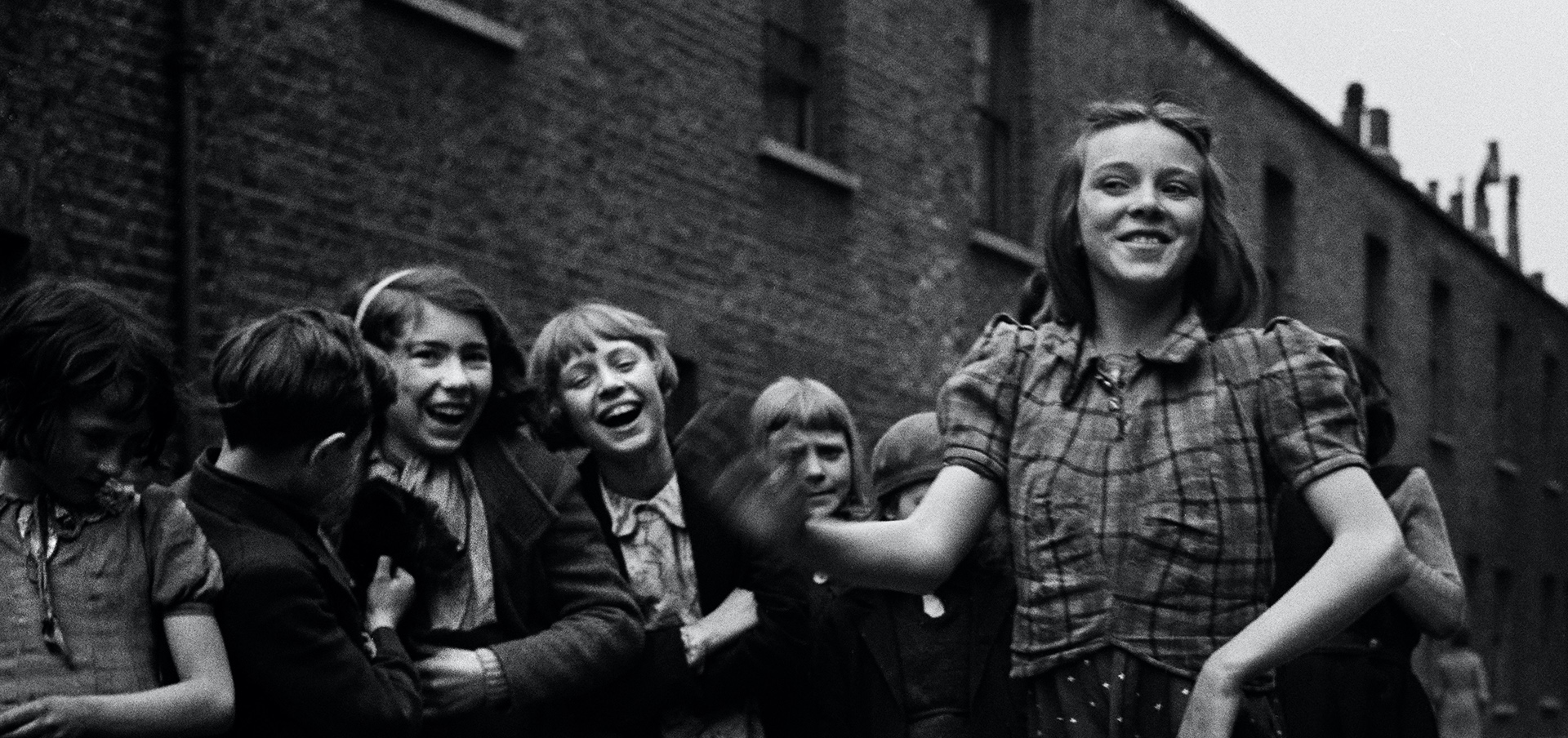
While the 2020 PhotoEspaña Festival multiplies online events, Spain has acquired a new venue to showcase photography from the nineteenth century to the present. The arrival of KBr, launched by the Mapfre Foundation, marks a turning point for Barcelona, and for the country as a whole. For, despite dynamic institutions like Foto Colectania, until now there had been no major international photography center in Spain.
On a morning earlier this month, the first visitors queued up outside the curvilinear KBr building at the foot of Torre Mapfre, a city landmark overlooking the Port Olímpic. The seafront is a magnet for locals and tourists alike, who stroll between the Ciutadella Park and the lively beaches of the city center.

KBr is a name bound to capture the imagination of a scientist as well as a photography geek: it represents the chemical symbol for potassium bromide, a type of salt used in analog photo developing. The choice of the name is poignant and signals the desire of the center to become a truly international venue.
Opening a photography center in the midst of a global pandemic
“We have decided to open KBr as scheduled despite the Covid-19 pandemic, because we have the responsibility to keep culture alive and bring hope even in crisis,” said Rocio Herrero, Director of Cultural and Educational Programming at the Mapfre Foundation, her smile beaming from behind her mask.
KBr’s see-through lobby opens onto both the port and Avenida del Litoral, a broad boulevard running all through Barcelona parallel to the shoreline. Going in, the first thing one notices is the well-stocked bookstore facing the entrance. It is the creation of the Spanish curator Juan Naranjo who developed it specifically for KBr.

“KBr spreads over 15,000 square feet, with two exhibition areas. One features great names in photography, the other houses our own collection,” explained Rocio Herrero. The Mapfre Foundation in Madrid possesses a rich collection of 1,300 photographs, including images by masters such as Eugene Atget and Walker Evans.
Bill Brandt: The unsettling beauty of the 20th century
The two exhibition spaces occupy the first floor. The larger one showcases Bill Brandt (1904-1983) — the most British of German photographers. Born into a bourgeois family in Hamburg in 1903, he settled permanently in London in the early 1930s. He went on to become one of the best chroniclers of British society in the twentieth century.
“This is the first retrospective of Bill Brandt in Spain, with 186 photographs developed by the artist himself and on loan from private collections,” enthusiastically noted Rocio Herrero. The exhibition presents five decades worth of photographs divided into thematic sections that follow a chronological order.


What most attracts a visitor’s attention are Brandt’s social reportages about the British upper class as well as the more modest social strata. The exhibition gets up-close and personal with aristocratic families as well as miners in the north of England.
The two ends of the social spectrum are presented side by side for a dramatic effect: perhaps a bit too dramatic. On one side, we have a luxuriant lounge where a game of backgammon proceeds at a leisurely pace on a Saturday evening; on the other, a laid-back night at a seedy pub.
“While he uses his bourgeois contacts to infiltrate fashionable parties, he just as easily knocks on the doors of unknown miners, who do not hesitate to welcome him into their homes,” remarked our host.

It is also hard to forget Bill Brandt’s portraits of artists and writers, commissioned by magazines such as Harper’s Bazaar, especially the twilight portrait of Francis Bacon captured in a wide angle shot in a park.
BBC interview with Bill Brandt, 1983:
Paul Strand, the wanderer
The second, smaller and more intimate exhibition space at KBr is dedicated to the Mapfre Foundation photography collection. Here we discover the work of the American Paul Strand (1890–1976).
His early New York work reveals a fondness for passersby and architecture, such as the emblematic view of Wall Street shot in 1915 and published in the magazine Camera Work.

Strand’s portraits are no less striking. In the fall of 1916, the young photographer explored the Lower East Side and surreptitiously captured portraits of anonymous people, sometimes in closeup, thus becoming one of the fathers of street photography.
Photographed without their knowledge, his subjects appear natural at a time when photography was still primarily posed. This is, for instance, how Strand immortalized the life-worn face of an old woman, with a “Blind” sign hanging around her neck.

On the other hand, portraits made later in Italy, Ghana, Mexico, or the Charente region in France, evince a real desire to get under the subject’s skin and capture the expression of their character. Paul Strand successfully reveals the elegance of modest, ordinary people.
KBr thus kicks off the party with two major artists: this bodes well for high-profile programming aimed at a general public. Visitors receive special attention and are invited to take one of the free weekly guided tours.

By Charlotte Jean
Charlotte Jean is a journalist and writer. A former contributor to the Beaux Arts Magazine and founder of Darwin Nutrition, she is a graduate of the École du Louvre and specializes in contemporary art.
Bill Brandt and Paul Strand
October 9, 2020 to January 24, 2021
Centro de fotografía KBr
Fundación MAPFRE, Barcelona


